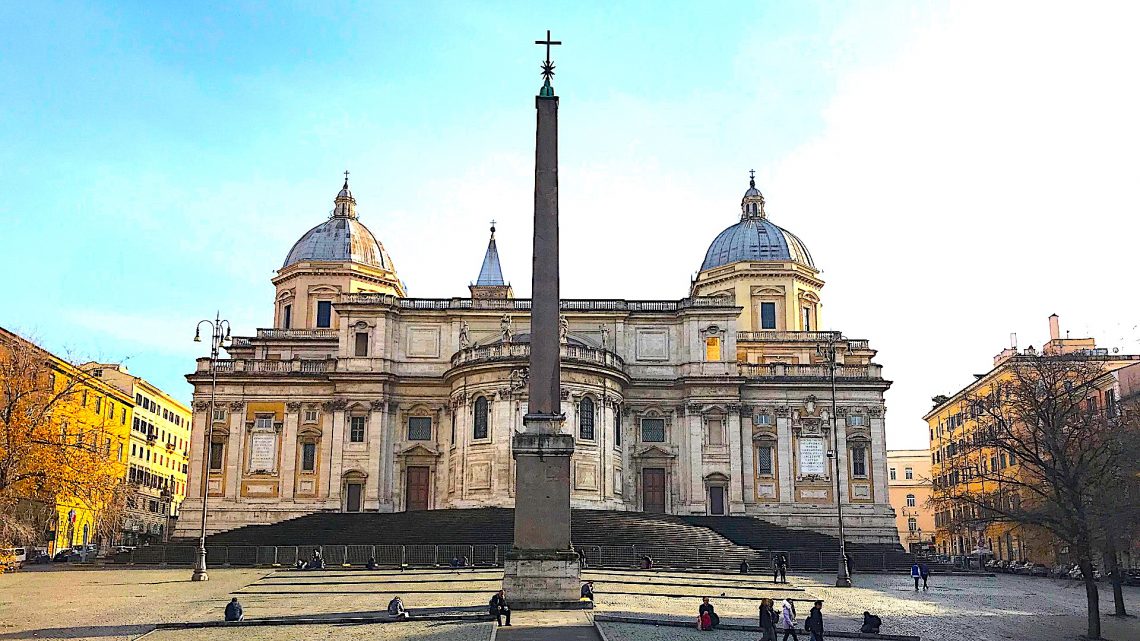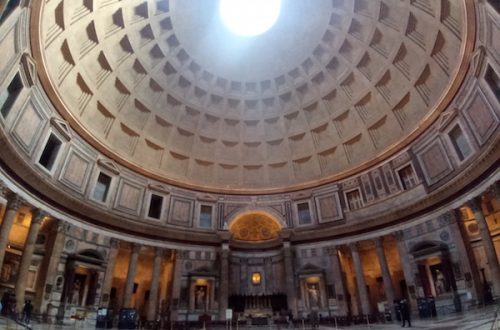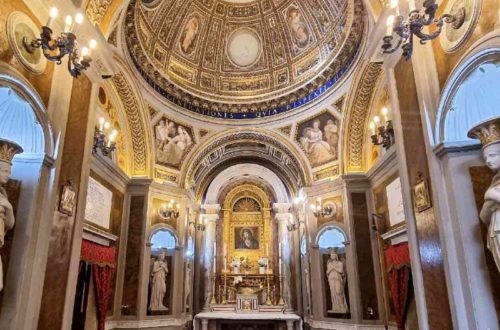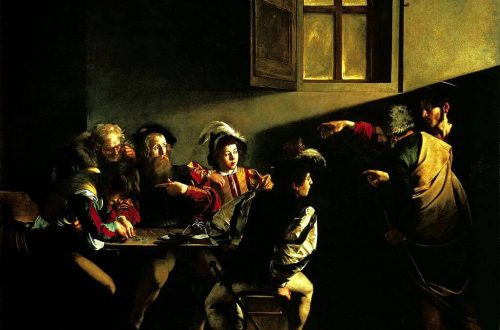
Basilica di Santa Maria Maggiore
Santa Maria Maggiore, also known as the Basilica di Santa Maria Maggiore, is one of the four major basilicas in Rome, Italy. It is one of the oldest churches dedicated to the Virgin Mary and is considered a significant landmark in the city. Here are some key points about Santa Maria Maggiore:
History: The basilica was founded in the 5th century, around the year 432, by Pope Sixtus III. The construction was later completed by Pope Celestine I. The basilica was built to honor the Virgin Mary and played a crucial role in the development of Marian theology in the Catholic Church.
Architecture: Santa Maria Maggiore exhibits a mix of architectural styles due to various renovations and additions over the centuries. The facade is characterized by a monumental porch with a classical-style portico. The interior features a nave with aisles, a beautiful coffered ceiling, and numerous chapels.
Art and Decoration: The basilica houses a rich collection of art, including mosaics, sculptures, and paintings. The highlight is the extensive series of medieval mosaics depicting scenes from the life of Christ and the Virgin Mary. The impressive mosaics cover the triumphal arch, the apse, and the nave.
Sistine Chapel: Not to be confused with the more famous Sistine Chapel in the Vatican, Santa Maria Maggiore has its own Sistine Chapel. It is named after Pope Sixtus V and contains his tomb.
Religious Significance: The Basilica is a pilgrimage site for Catholics, particularly those devoted to the Virgin Mary. It is also one of the four papal basilicas in Rome, making it a significant religious and historical site.
Feast of the Assumption: Santa Maria Maggiore is closely associated with the Feast of the Assumption, celebrated on August 15th. According to tradition, the basilica was the site of a miraculous snowfall in August, which led to the dedication of the church to Mary.
Archpriest’s Residence: The basilica serves as the official ecclesiastical seat of the Archpriest of the Basilica di Santa Maria Maggiore.
Visitors to Rome often include Santa Maria Maggiore in their itinerary to appreciate its historical and artistic significance. The basilica stands as a testament to the enduring devotion to the Virgin Mary and the rich heritage of Christian art and architecture.
![]()




